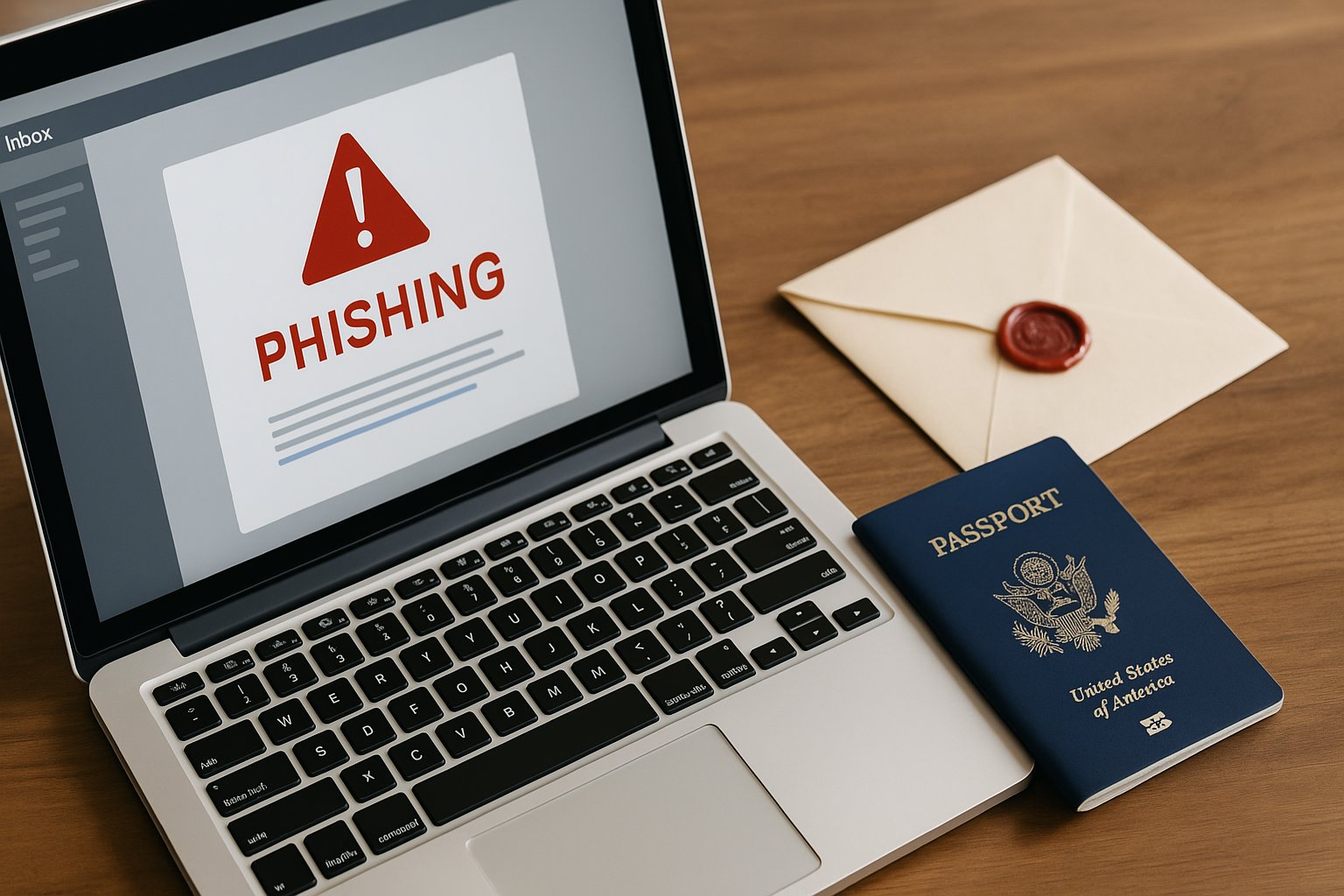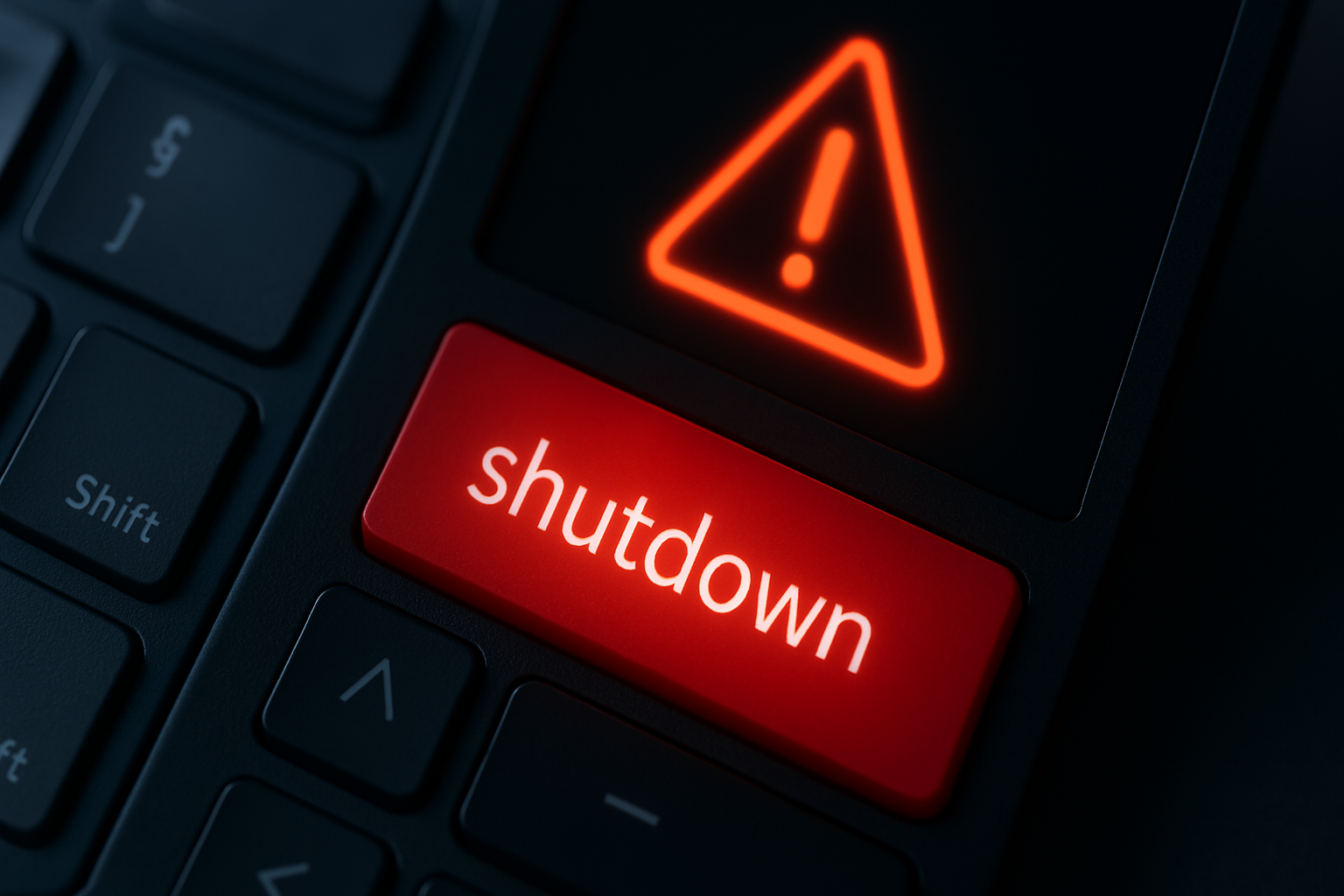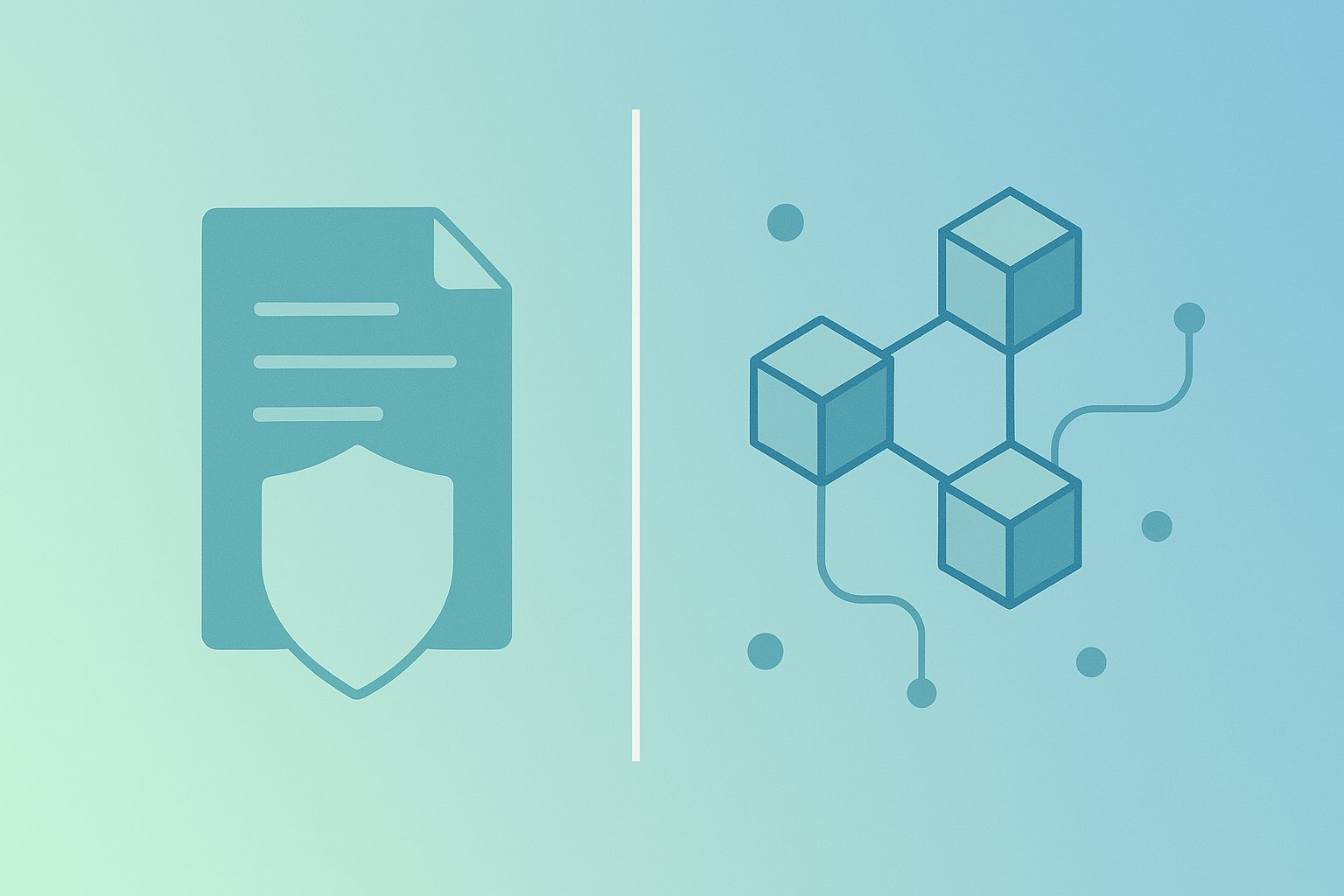Security
-
Ransomware Threat Remains Pervasive as Businesses Strengthen Cyber Defenses
A recent Veeam report reveals that ransomware attacks are becoming increasingly prevalent, affecting 69% of organizations worldwide. Despite a slight decline in impact, the threat remains substantial, prompting businesses to strengthen their cyber defenses and recovery strategies.
-
Organizations Progress on Zero Trust Journeys, Yet Challenges Remain
A recent Gartner survey indicates that while 63% of organizations are implementing zero trust security strategies, many face significant challenges in fully realizing their potential due to cultural and operational hurdles.
-
Russian APT29 Launches New Phishing Campaign Targeting Embassies with Sophisticated Malware
Russian state-sponsored group Midnight Blizzard, also known as APT29, has launched a highly targeted phishing campaign against European embassies, utilizing a new malware loader named GrapeLoader and an evolved version of the WineLoader backdoor. Experts from Check Point Research warn that these developments require advanced multi-layered defenses to counteract the increased sophistication of this cyber…
-
Organizations Struggle to Address Cyber Vulnerabilities, Despite Increased Pentesting Efforts
A recent report reveals that organizations are addressing less than half of exploitable vulnerabilities, particularly in Generative AI applications, underscoring the need for improved security measures despite widespread recognition of the importance of pentesting.
-
Cyber Attacks: Shutting Down Systems Can Exacerbate Damage
As cyber attacks become an increasing reality for businesses, experts caution against the instinct to shut down systems during an incident, urging a focus on preparedness, controlled containment strategies, and effective communication.
-
Distinguishing Privacy from Security: Lessons from the DOGE Incident
The DOGE incident underscores the crucial distinction between data privacy and security, revealing how merging the two can expose organizations to significant risks. As businesses navigate this complex landscape, clear strategies and defined responsibilities are essential for safeguarding consumer trust and data integrity.






